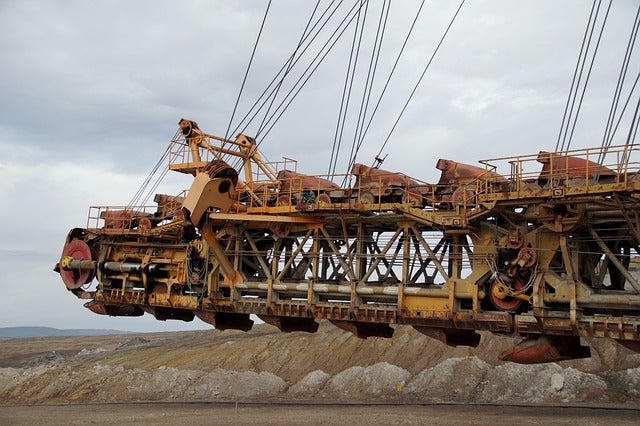
Canada-based Lithium Chile said that its Salar de Arizaro lithium brine project located in Argentina will require an initial capital cost (capex) of $823m, based on the findings of a preliminary economic assessment (PEA).
Engineering firm Ausenco Chile Limitada prepared the PEA for the Argentine lithium brine project located in the Salta Province.
The estimated capital cost comprises the initial investment and sustaining capital for a lithium concentration plant which can produce 25,000 tonnes of lithium carbon equivalent (LCE) per annum. It also includes a contingency of $190m.
Lithium Chile said that the total operating costs for the Salar de Arizaro lithium brine project will be $130m per year.
The PEA has reported the potential of a 25,000 tonnes per annum (tpa) commercial-scale operation to produce battery-grade lithium carbonate chemicals at the Arizaro project.
The lithium brine project is currently in its phase two exploration and development programme to expand the resource of 3.32 million tonnes of LCE.
Lithium Chile president and CEO Steve Cochrane said: “The filing of this technical report is another important milestone. These results support our view that the Arizaro Project has the potential to be a world class producer of Lithium Carbonate.
”We are excited about continued advancement of this project – a continuing journey of near-term enhancement opportunities that have already been identified.”
Lithium Chile also said that the Salar de Arizaro project is estimated to bring an annual cash flow of $229m over 19.1 years of life of mine.
The PEA estimates a post-tax net present value (NPV) of $1.1bn for the Argentine lithium brine project.
It also projects a post-tax internal rate of return of 24.1% for the Salar de Arizaro project with an after-tax payback period of 3.6 years.






